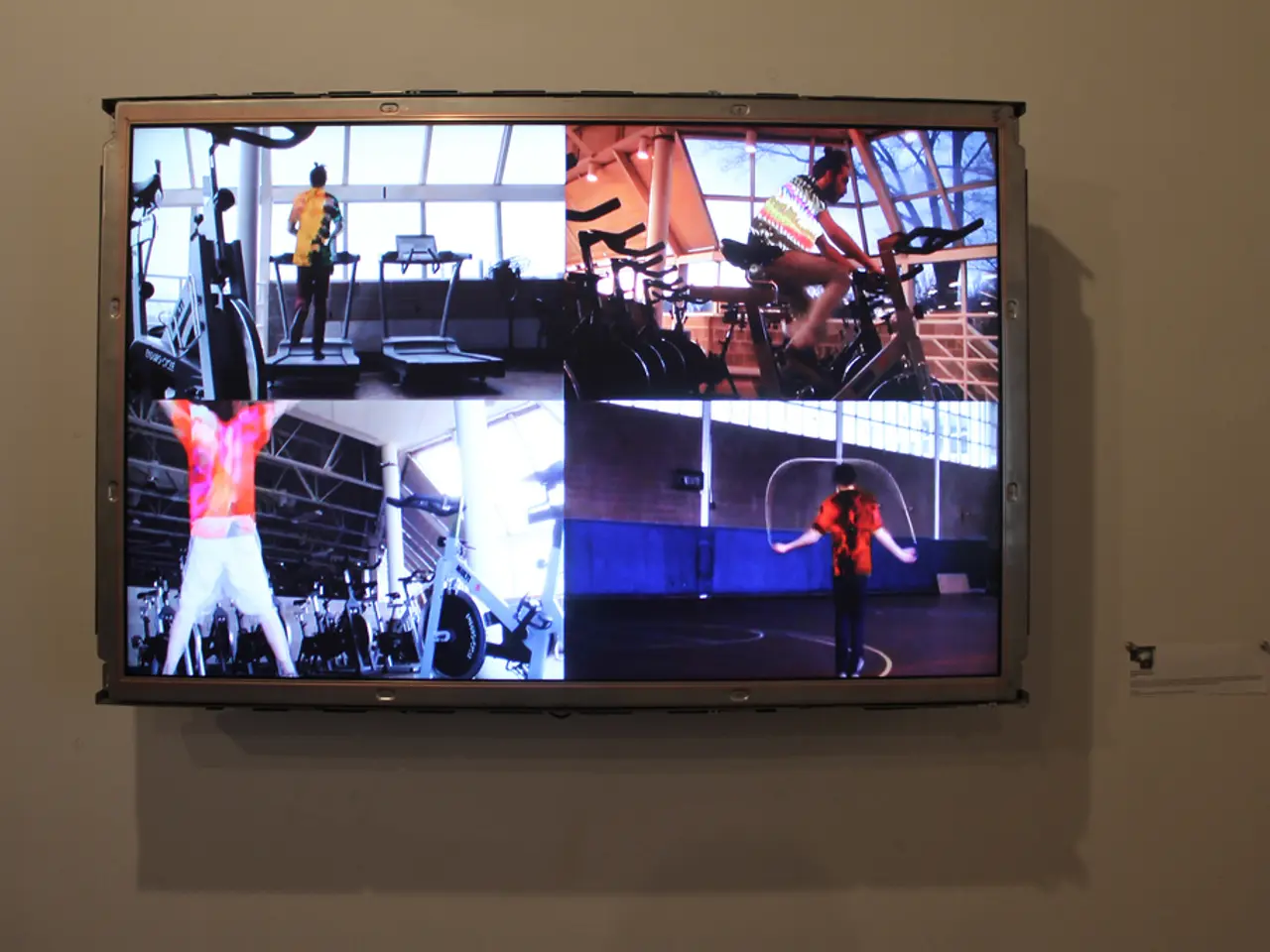Do Image Models Comprehend Our Requests Accurately?
Google's latest addition to its Imagen series, Imagen 3, is making waves in the AI image generation world with its significant advancements in understanding and executing complex human instructions.
Unlike its predecessors, Imagen 3 demonstrates enhanced versatility in comprehension, allowing it to capture subtle and detailed user intentions more effectively. It also boasts faster and more efficient interpretation, improving the speed and efficiency with which it generates images based on textual input.
The model's improved understanding doesn't seem to come at the cost of image quality. Imagen 3 produces images with superior overall quality, featuring more natural lighting effects, more reasonable and coherent compositions, and intricate details such as textures and atmospheric effects.
Imagen 3 also excels in optimising text rendering within images, addressing a common challenge in generative image models. It supports multiple aspect ratios and flexible output dimensions, offering users the ability to specify the exact size and format of generated images suitable for diverse applications.
Moreover, Imagen 3 includes user-configurable safety and content controls, ensuring responsible image generation. These settings for safety filters and content appropriateness can be adjusted by users, providing greater control over the output.
In tests comparing Imagen 3 to other leading models like DALL-E 3 and Midjourney, Imagen 3 had varying advantages across different benchmarks. For instance, it achieved 58.6% accuracy in tasks requiring precise reasoning, a 12 percentage point lead over DALL-E 3.
However, it's important to note that the real bottleneck in AI image generation isn't in producing stunning visuals, but in bridging the gap between human intent and machine output. We need to rethink how we evaluate progress in image generation, focusing more on how well these systems understand and execute on human instructions.
Imagen 3's results suggest that meaningful progress can be made on getting AI to better align with human intent, even if we're not yet sure exactly how this understanding works. When asked to draw a complex scene, previous models might not accurately depict all elements as specified, while Imagen 3 gets significantly closer to following complex instructions precisely.
In conclusion, Imagen 3 advances over previous models primarily by better interpreting complex and nuanced instructions, generating higher fidelity and more realistic images, and offering greater flexibility and control in the generation process. This makes it ideal for creators who require precise, high-quality visual outputs that closely align with detailed textual descriptions.
Artificial Intelligence (AI) in Imagen 3 has shown remarkable ability in understanding and executing complex human instructions, thereby leveraging technology to generate images that are more realistic and closely match user intent compared to previous models. In the AI image generation world, Imagen 3's significant advancements in comprehension have set a new benchmark for Marcel, Midjourney, and even DALL-E 3, especially in tasks requiring precise reasoning.




